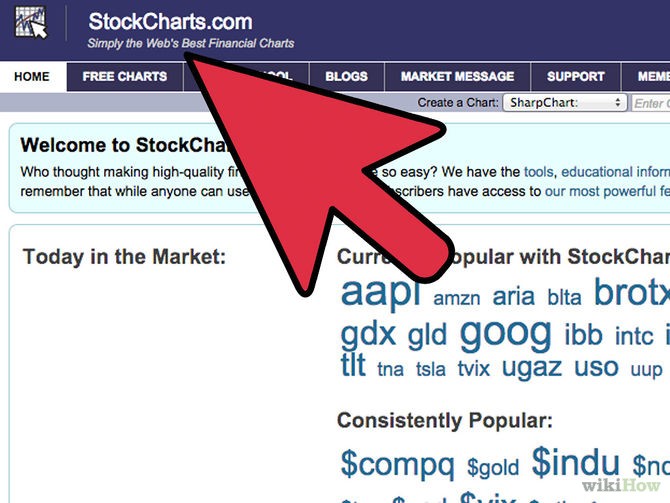How to invest in a 401(k)
Post on: 19 Июль, 2015 No Comment

Put your hard-earned 401(k) contributions to work.
So, great, you’ve got a 401(k). Now all you need to know is how to use it. Making 401(k) investments, like having a car, is useful only if you can avoid crashing.
Here’s how to set up a collision-free course for your retirement savings at work.
For starters, figure out how much you’re allowed to save each year. Although Uncle Sam will let you put away as much as $17,500 on a pre-tax basis in 2013 ($23,000 if you’re 50 or older), the plan offered by your employer may restrict you to a lesser contribution.
Within that limit, you’ve got to calculate how much you need to save. If you’re just starting to plan for retirement at age 40, you’ll need to put away more than if you were 25.
Typically, however, financial planners recommend you save at least 10% of your income if possible.
Next, find out if your employer offers matching contributions, otherwise known as free money. A typical employer offers 50 cents for every dollar you contribute up to 6% of your salary. If you can’t afford to sock away 10%, contribute at least enough to get the full match.
(And be sure to ask about the vesting schedule, which is the amount of time your employer requires you to be at the company in order to walk away with 100% of your matching contributions.)
Your next task is to determine how you should be invested for the long haul. For starters, figure out what your mix of stocks, bonds, and cash should be. This is also known as asset allocation. There are two key factors to consider when picking your asset allocation: your risk tolerance and how many years you have left before retirement.
If you have 20-plus years, you can afford to have a higher percentage of stocks in your portfolio than if you were three years from retiring. Stocks, remember, offer greater chances than bonds for long-term growth, although they can pose greater risks in the near-term. (For help in figuring out the best allocation for you, try our Fix Your Mix Asset Allocator .)
Once you’ve got that settled, you’re ready to review the mutual fund offerings in your 401(k) plan. There are four things to look for in picking a good fund:
- Better-than-average returns: A fund, if it’s worth your while, should have performed in the top half, and ideally the top 25%, of its peer group over a three-, five-, and 10-year time span.
- Low price: A fund’s expense ratio — what you are charged annually and what will lower your overall return — should not exceed the average among the fund’s peers.
- Solid management: If you’re opting for an actively managed fund (as opposed to an index fund), the manager should have a solid track record of experience.
- Reasonable size: Sometimes when a fund becomes too popular, its asset base — the dollars invested in the fund — gets bloated. That means the manager can’t move in and out of a stock too quickly without moving the market.
In picking the right funds for your portfolio, make sure you diversify your investments. That means don’t over-invest in any one sector such as technology or in any one investment style such as growth stocks or value stocks.
It also means you don’t want to invest in funds that share many of the same top 10 holdings, which traditionally are the most heavily weighted part of a fund’s portfolio.
As the Enron debacle taught investors, you don’t want to overload on your employer’s stock either.
The main advantage to spreading your bets is that you lower your investment risk because even if some of your holdings go down, others go up.
Of course, not all 401(k)s are created equal. Some are better than others, particularly when it comes to the breadth of investment choices.
But even if your plan isn’t a plum and you’re less than enchanted with the funds offered, you should still consider investing some money in it. Here’s why: Saving for retirement while getting a tax break and free money from an employer match is not a bad deal.














